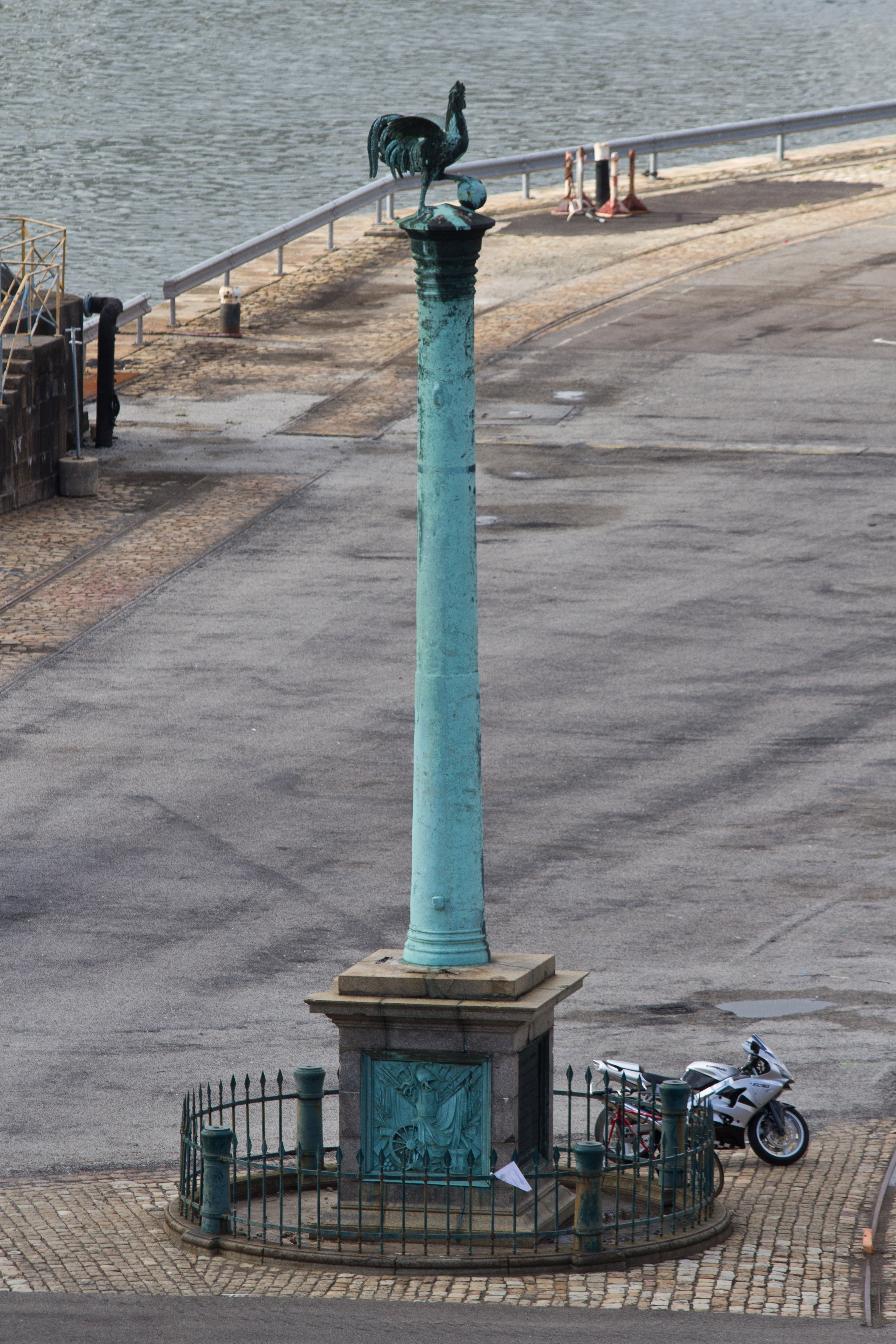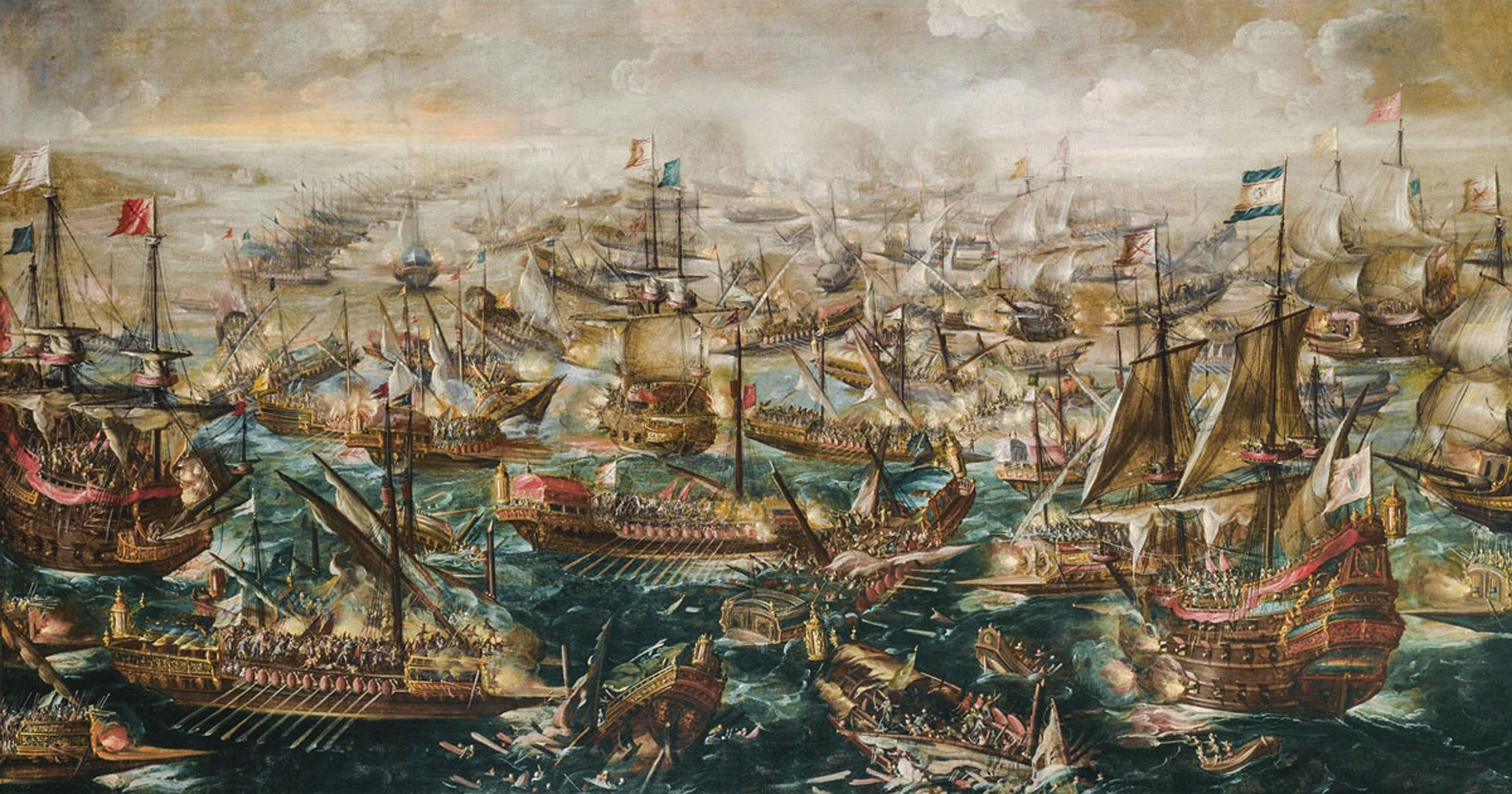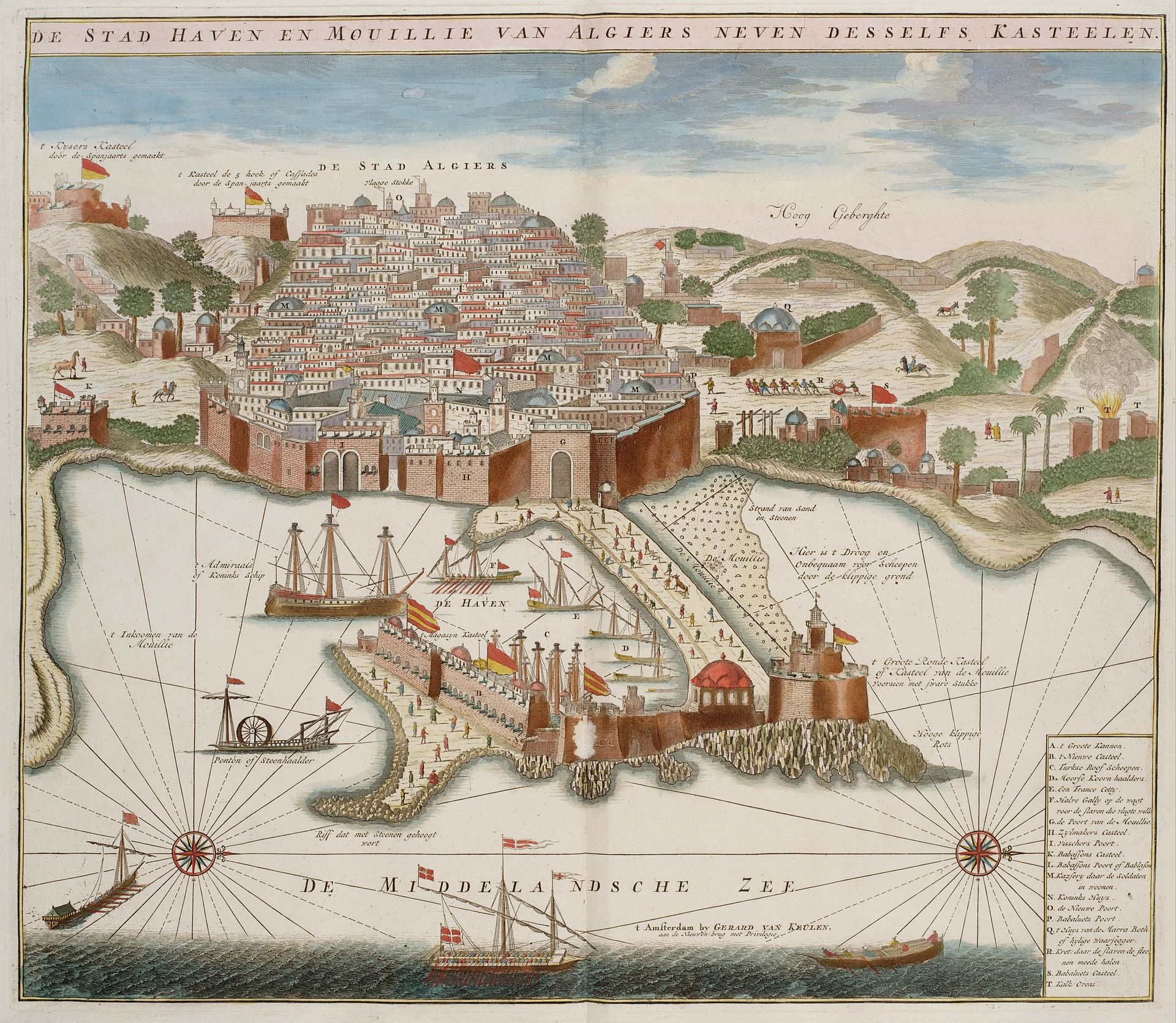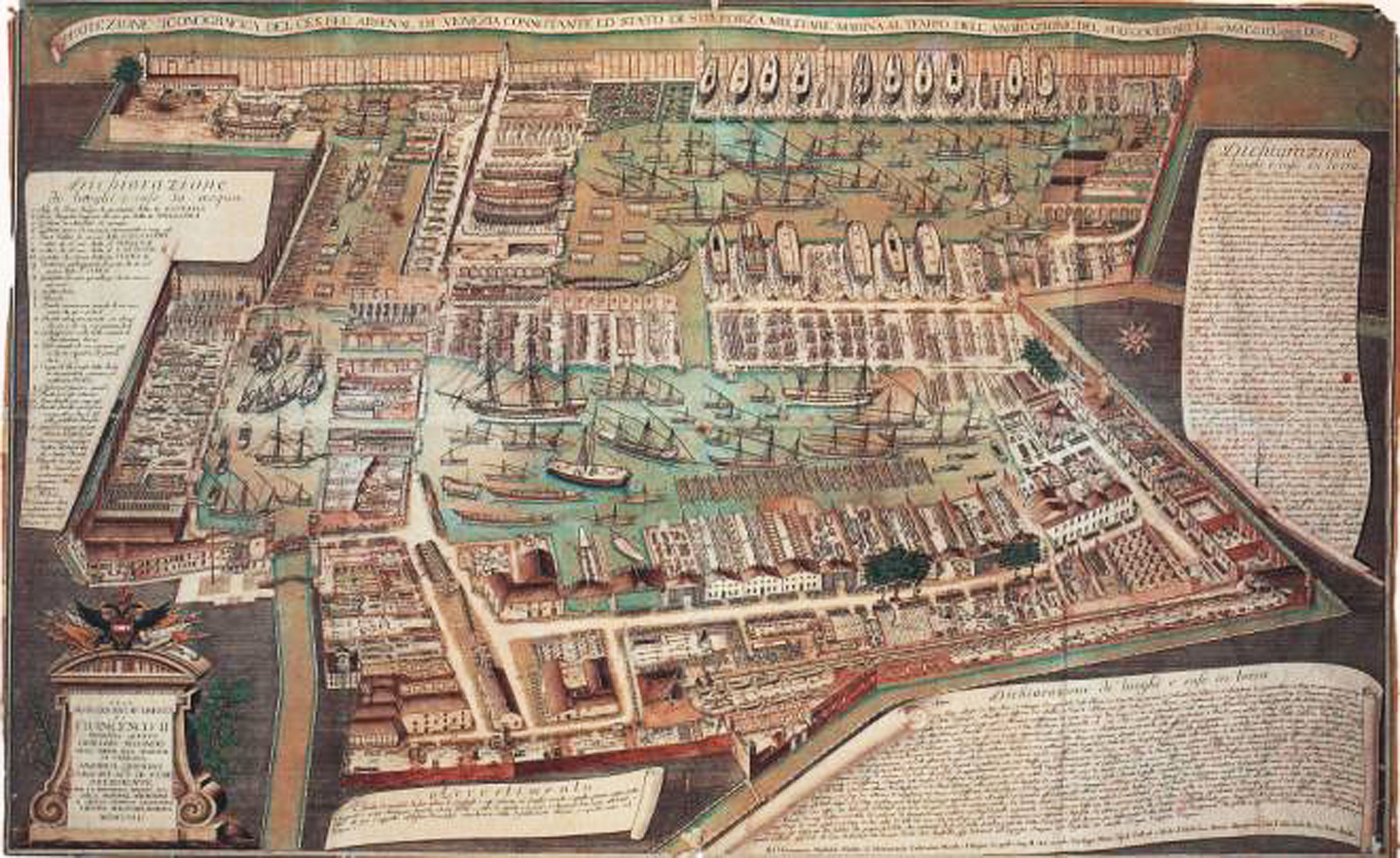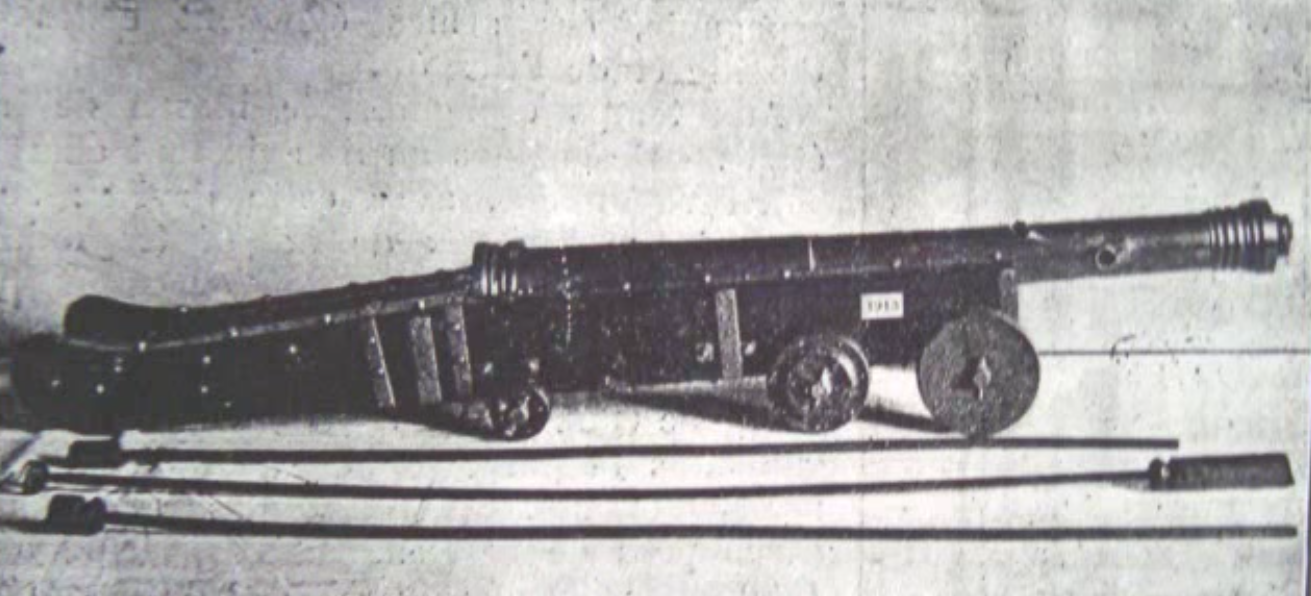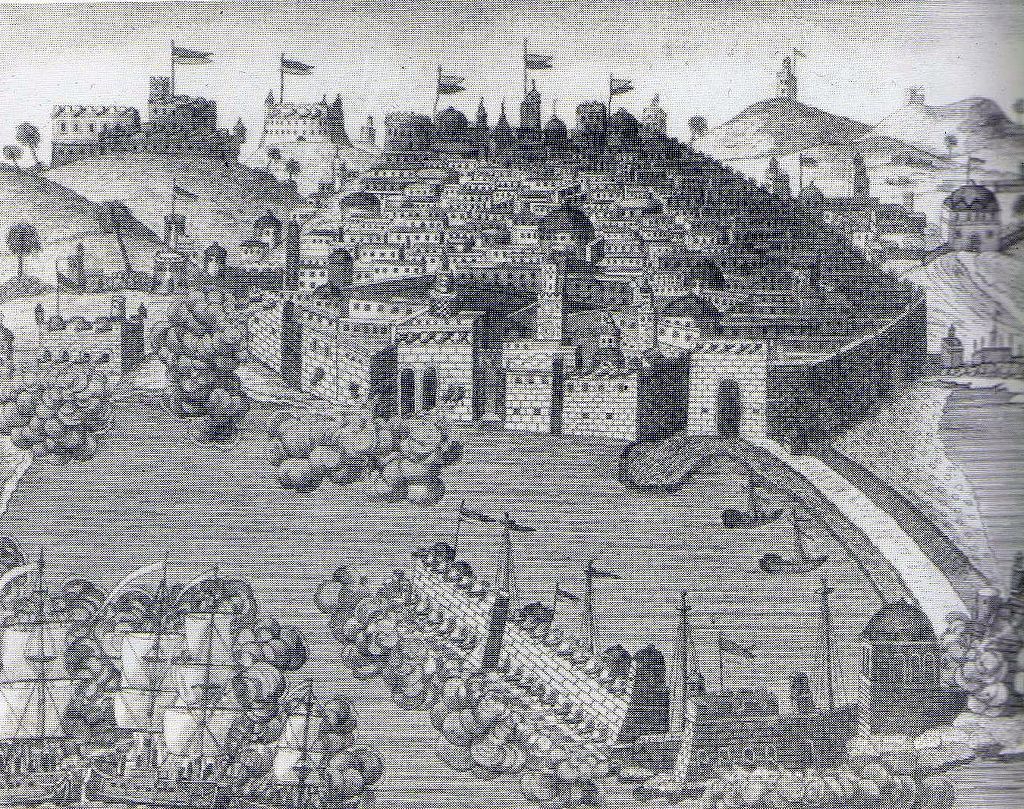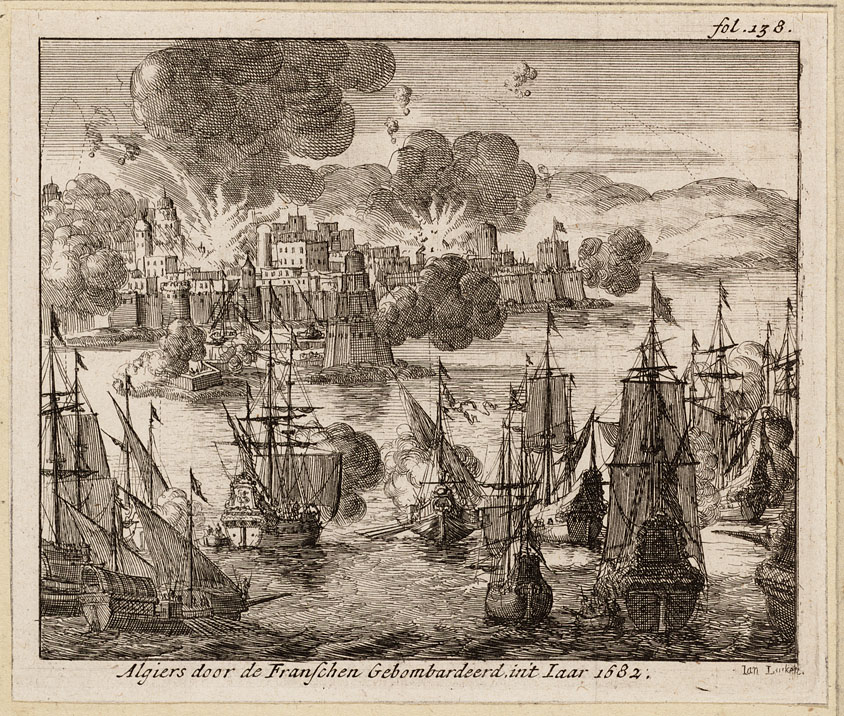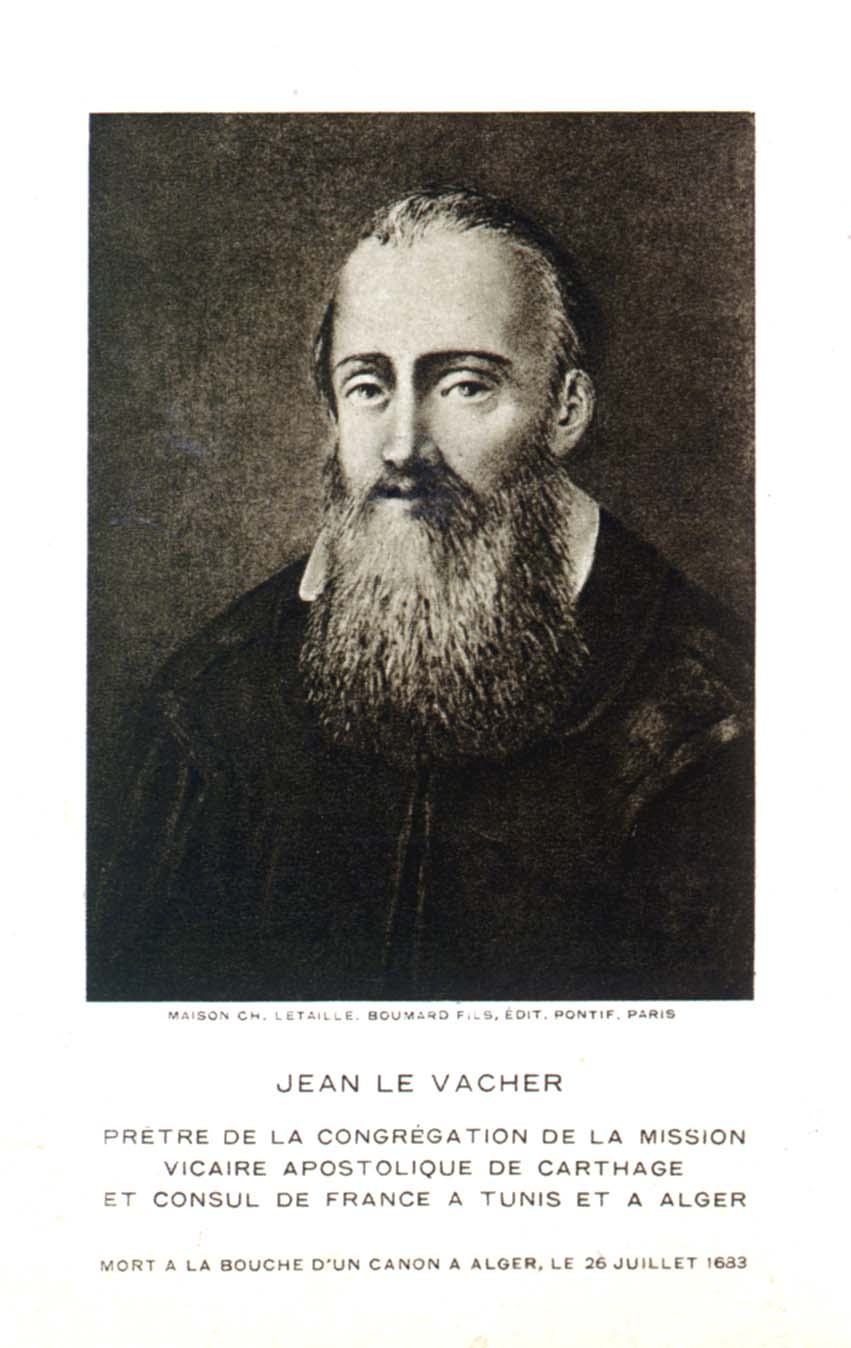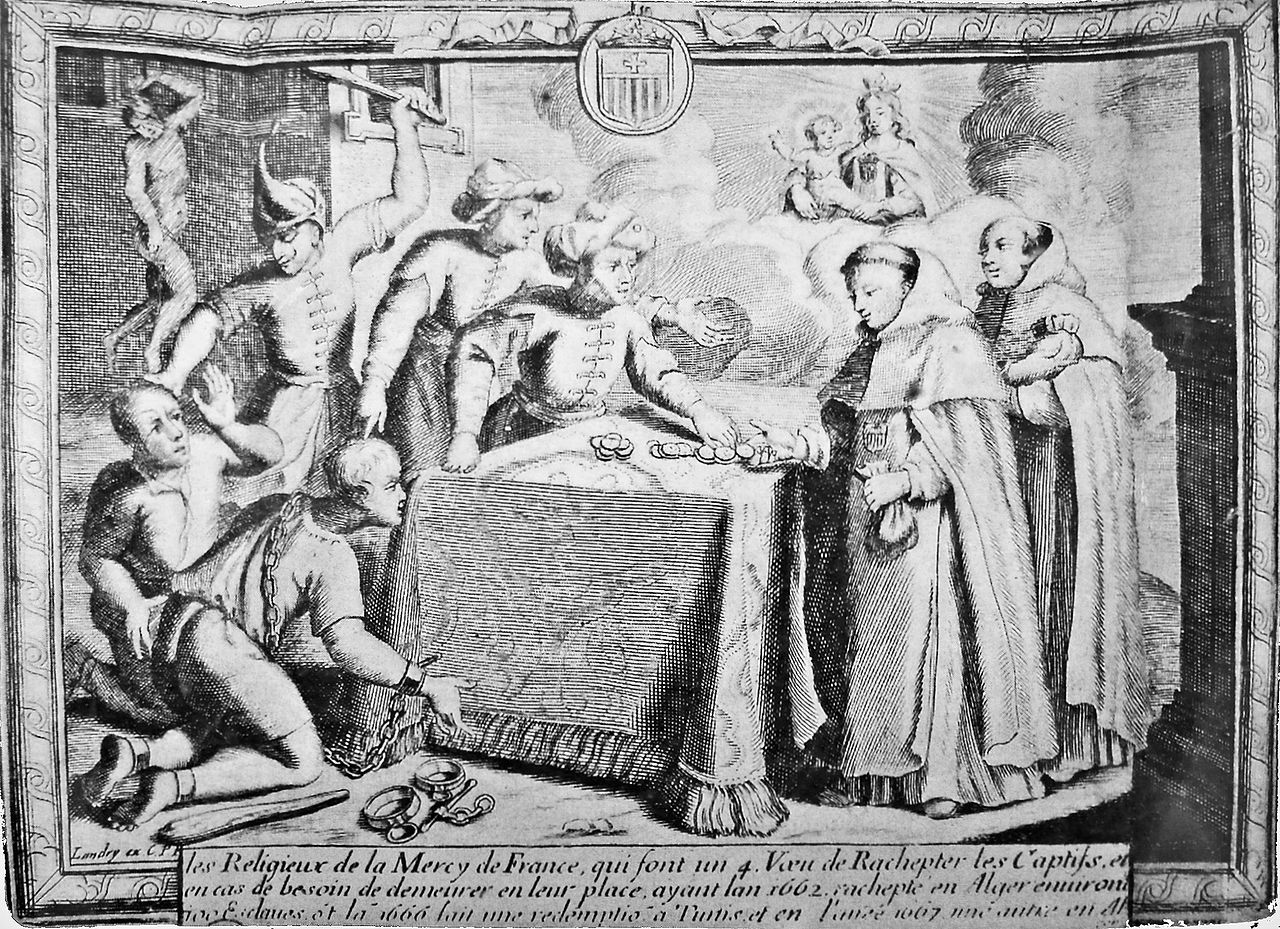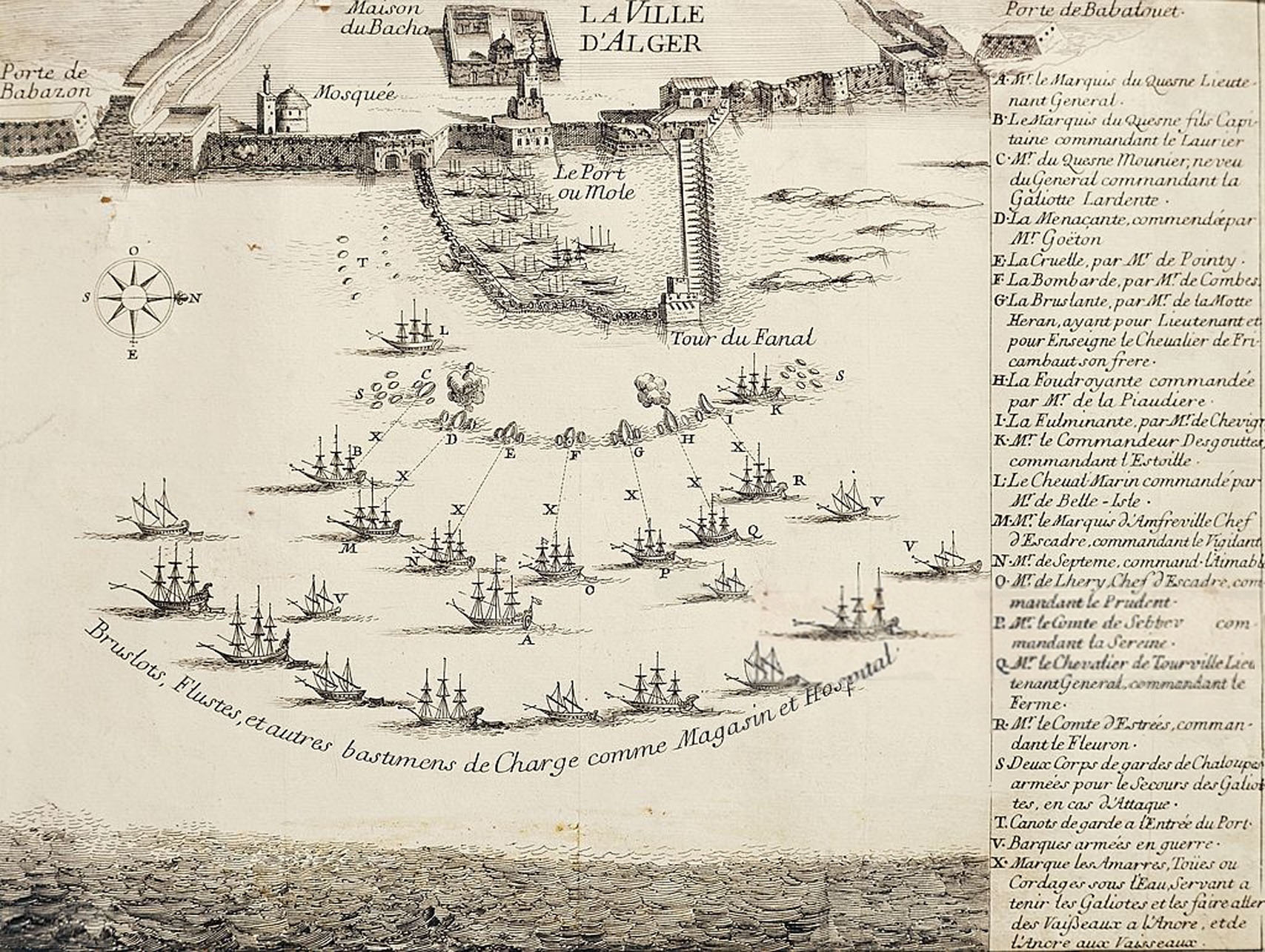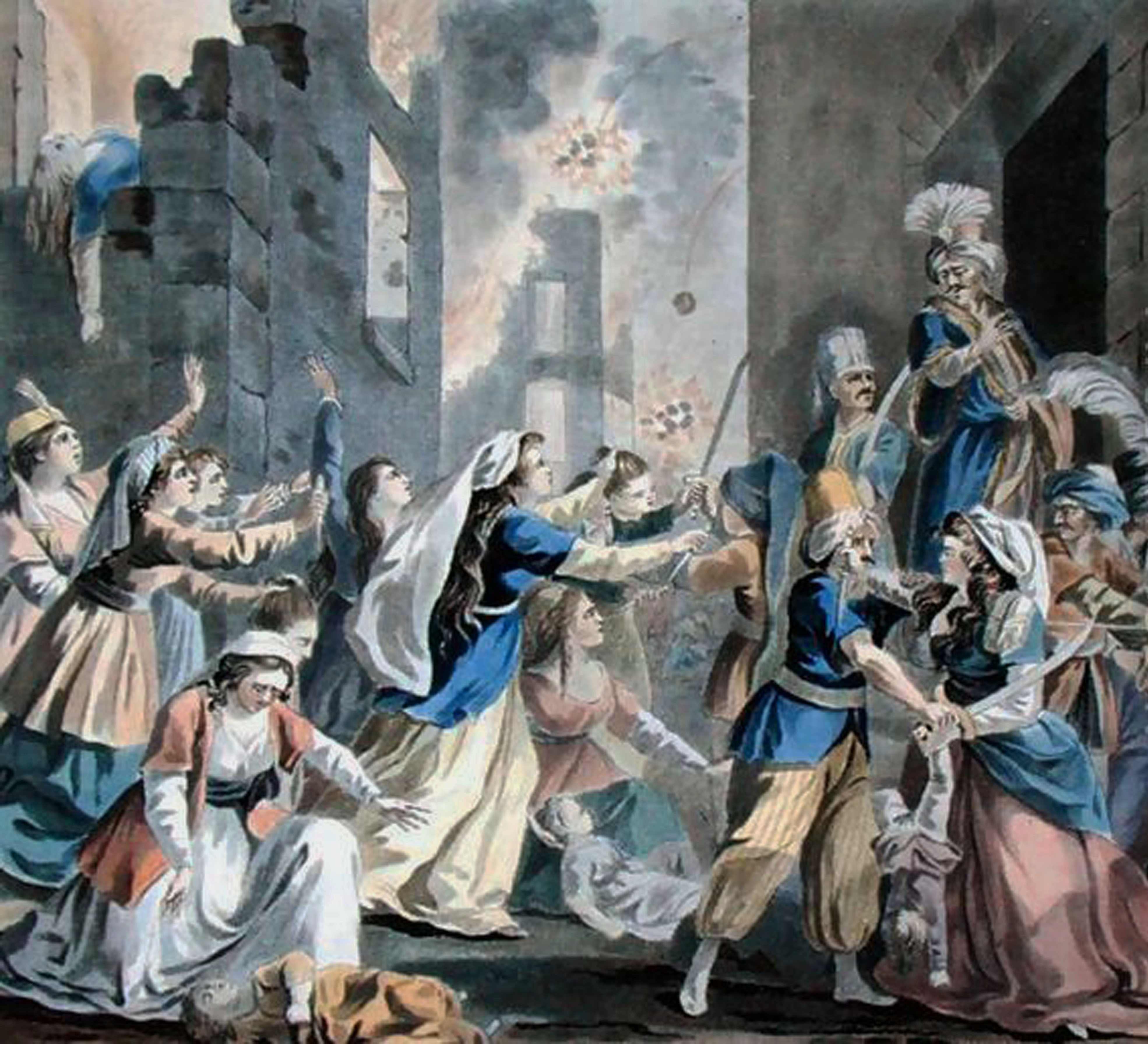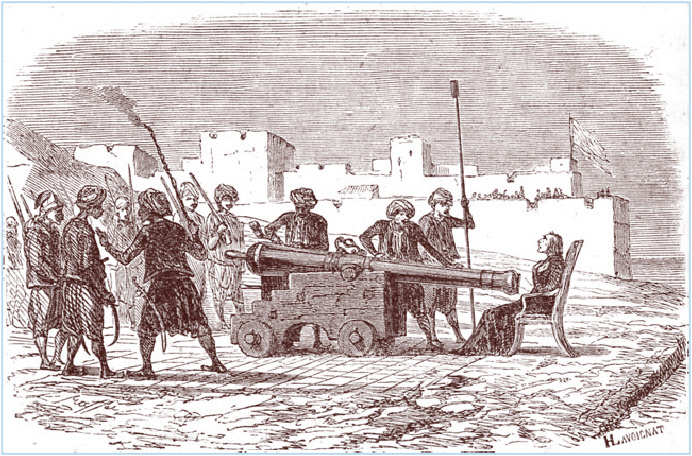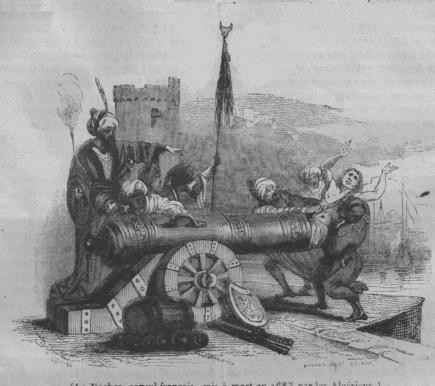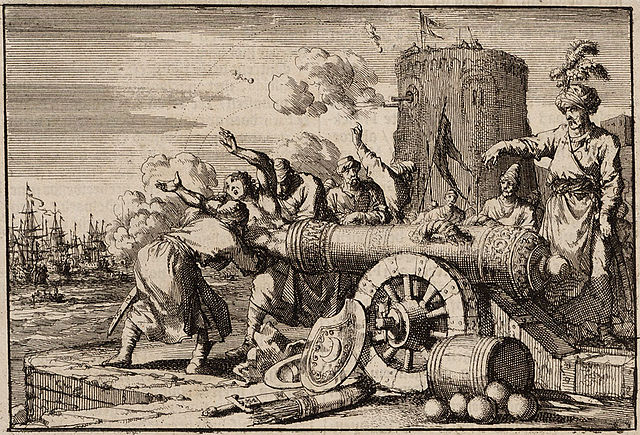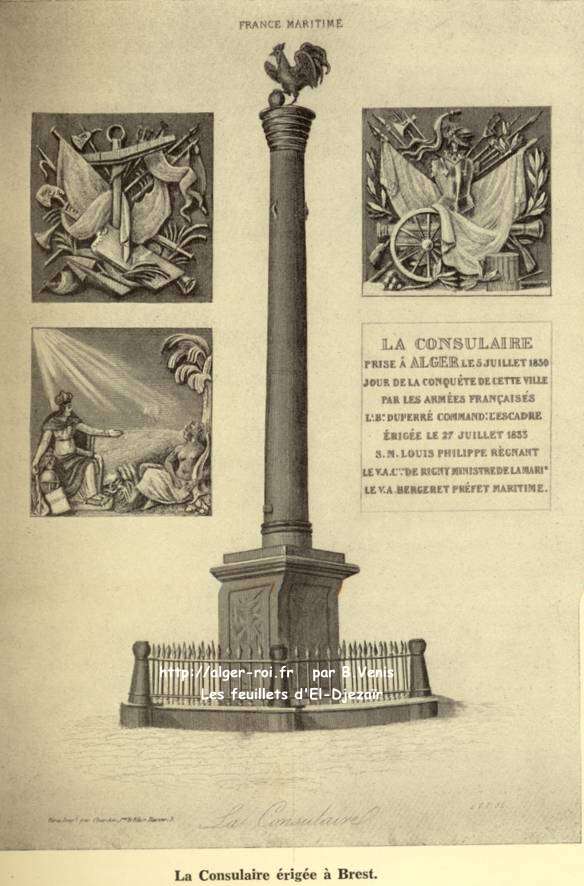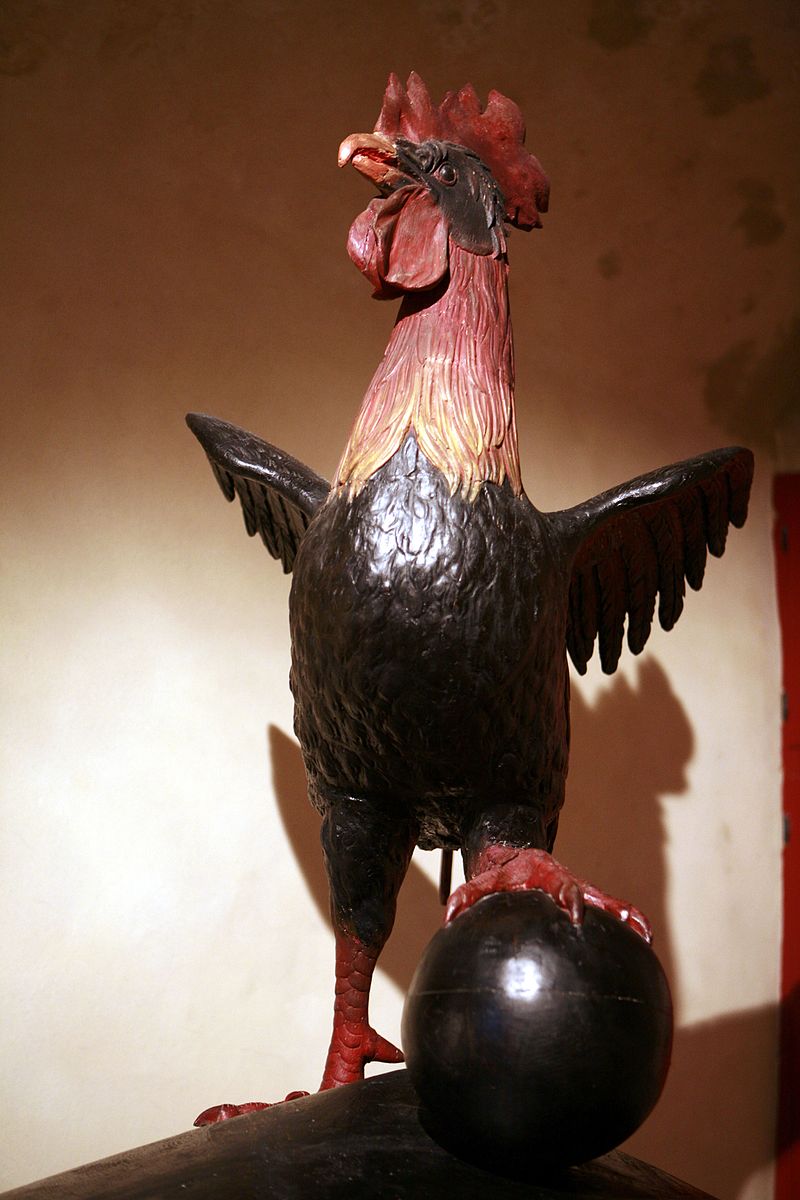A Most Murderous Monument
Sometimes things are not what they seem on the surface. Indeed in my study of history I continually discover buried truths which were hidden purposely for one reason or another.
People have a way of only wanting their point of view represented even if its hundreds of years after the fact and most people do not give even the slightest care about the matter any longer. Often when we travel we find monuments to the past. Sometimes they simply stand to commemorate some great event or person. Sometimes they are exactly what they purport themselves to be and nothing or little more. However, sometimes I have noticed, monuments are much more than just what they appear to be on the surface.
Take our current subject. On the surface it seems a column which commemorates some great event of the past. This particular monument labelled La Consulaire sits just outside of the French Naval Arsenal in Brest France. It appears to be a monument to celebrate a French victory over the Barbary Corsairs – a bombardment, invasion and successful seizure of the city of Algiers. But in fact this monument is so much more.
Recently this monument has been the source of some minor controversy because it is not just a column of French military triumph over the Barbary Corsairs – in fact it is not a column at all. It is in fact – a HUGE cannon turned upon its cascable with its muzzle pointing into the sky – resembling a column.
The reason for the controversy is that the government of Algeria would very much like to have their cannon back as a matter of preservation of their national heritage – the return of a great artifact of historical significance to them. If one reads the news articles on the subject, the French come off as being somewhat imperial or mean spirited because they refuse to give up this artifact of the past. In fact there is so much more to this story than the news reports tell us and when you find out the bloody history of this relic, I think you will agree that the French are very much justified in keeping this old piece.
The gun is much older than one might imagine, forged thirty years before the great allied Christian victory at Lepanto in 1571 where the Ottoman sultan and his Barbary allies were defeated in the largest naval battle in history. This turned the tide of almost unopposed Muslim domination of the Mediterranean for the preceeding several centuries. Spain and the Italian city states had stood as a bulwark against the Ottoman naval onslaught. The struggle had been long with the Ottoman Empire slowly wresting away island after island and fortress after fortress away from Christian nations and knightly orders piece by piece.
The powerful “Dey” or Sultan of Algiers, Hassan Agha, had become rich off of Christian European ships seized by his pirates and the sale of both their cargoes and thousands of enslaved Christians. Huge wealth was gained both from ransoms and/or the sale of these European crews into slavery. To show off his great power to the world Hassan Agha wanted Algiers to be the most fortified city in the world. He wanted its defenses to bristle with as many great guns as he could acquire. As the center piece in this great new defensive armament he wanted a great gun to be made for him personally which would be more powerful than any other gun yet made in the world. He turned to a master gun maker from the world famous Arsenal in Venice LINK
I have been unable to unmask the identity of this gun maker. I will keep digging. The back story to this is probably fascinating in itself. A simple gun smith might seem to be unimportant to history on the surface, but remember that the history of the world would be much different now if not for one particular Hungarian engineer/gun-smith – the famous Orban the Hungarian Orban LINK .
His invention brought down the walls “that had withstood a hundred sieges for a thousand years” – the great fortress city of Constantinople renamed Istanbul because of his guns.
Venice was known at this time to have the best gun works in the world. How would a master gun-smith be enticed into employment to the Dey of Algiers – who was considered a nefarious enemy of Christendom and the son of the great pirate lord, Barbarossa himself?
Was he approached by a secret agent of the Dey in a clandestine meeting and offered more money than he could possibly refuse? History always triggers my imagination beyond the best work that fiction can offer. I hope to someday find out what actually happened. Another historic mystery I will add to my ever growing list of inquiries.
This gun was cast in bronze and was bigger than any gun the Venetian Arsenal had ever produced. The gun barrel itself weighed 12 tons and was 7 meters (or 23 feet) long. It’s massive bore was 10 inches and it could hurl a stone or 92KG (203lbs) ball of iron round shot almost five kilometers (3 miles) – an almost unheard of range at this time.
This gun could target ships outside of the harbor long before they could bring their own artillery to bear upon the city. This unholy war machine was named Baba Merzoug in Algerian Arabic. This can’t be translated well into English. Merzoug which is a popular Algerian name has been equated with luck, but in my study of the word a better translation would be harmony, balance or equality.
So the gun’s real name would mean Father of Balance or Father of Equality – In other words THE GREAT EQUALIZER would be how the Dey wanted to have his gun thought of. Indeed, the gun was everything it was meant to be. I have not been able to find accounts of its accuracy or its war record before the unfortunate events which have branded the gun with its newer and current French name of La Consulare.
As a professional artilleryman myself (retired artillery colonel and member of the Honorable Order of Saint Barbara), with a large amount of real experience with firing obsolete and antique artillery, I would imagine that this gun was quite accurate given the incredible length of the barrel. I have never seen a gun from this period with this kind of length. It more resembles pieces from 300 years later than those of its own era.
One hundred and forty years after the guns manufacture I imagine that it had fired hundreds of rounds in anger against many opponents. Algiers and other Barbary cities like Tripoli and Tunis had been the focal point of many bombardments and punitive expeditions by numerous European navies by this time. Algiers itself was the focus of regular punitive expeditions: Spain (1567, 1775, 1783), Denmark (1770), France (1661, 1665, 1682, 1683, 1688, 1830), England (1622, 1655, 1672), Anglo-Dutch (1816) all leading naval bombardments against Algiers.
When the famous French Admiral Abraham Duquesne mounted his naval campaign against the Barbary pirates in 1681 he subsequently bombarded Algiers in 1682 and came back in 1683. This is the same Admiral Duqusne responsible for the death of the illustrious and beloved Dutch Admiral Michiel DeRuyter after the Battle of Agosta in 1676. The French navies assault upon Algiers in 1683 was massive. The artillery barrage from the large capital ships destroyed many of the guns of the fortifications as well as reigned death and destruction down upon the city itself destroying many ships, homes, mosques and even the Dey’s own palace.
The inhabitants became so enraged that they rose up and killed the Bey/”Dey” of Algiers, Baba Hassan, for not being able to protect them and not taking action against the French. The Dey’s successor (a corsair captain called Mezzomorto) decided to immediately do something about the bombardment by ordering a couple of dozen Christian hostages/slaves be brought to the walls – among those the better known and most prominent Frenchmen – to include the French Consul(La Consulare) to Algiers who in the previous attack of 1682 had gone aboard Duqesne’s flagship to negotiate a prisoner exchange.
The Consul was well known to Algerians and their leaders and had been held in the highest esteem (even among Muslims) for decades. Only two years before he had been instrumental in negotiating the payment for and release of thousands of Christian hostages/slaves. Often these negotiations would invlove a prisoner exchange as well with many captured Barbary pirates being released into Algerian custody. Numerous captains made names for themselves in these exchanges.
Just decades before, the great DeRuyter who was just a young captain (not the famous admiral we remember now) was busy aboard his own privately owned merchant warship, “The Salamander”, exchanging hundreds of prisoners and then taking the released Christian prisoners back to their homelands. In a time of rampant politically correct revisionism where I myself have been chastized for my admiration of many of the great navy and privateer captains of this time on the grounds that they were infamous slavers themselves, we find in DeRuyter – not a villain – but a hero who released slaves, There are statues and streets named after the man in other European countries besides his own because of his actions early in his career. I digress.
The French Consul to Algiers was named Father Jean La Vacher. La Vacher had been assigned to perform missionary and hospital work within the cities of the Barbary Coast. He was first assigned to Tunis in 1647 by the famous (Saint) Vincent DePaul to aid and comfort Christian slaves during a plague which had broken out there. His work and compassionate aid to both Muslims and Christians alike earned him both a reputation of being a healer, and also an intercessor and mediator. He had caught the plague himself and was expected to die – but he lived. In 1652 the Vatican named him the Vicar to Algiers and the Barbary cities.
According to common Muslim law, Christians were allowed to meet and worship. However they could not build churches or maintain the existing ruins of churches – so Vicar La Vacher would hold services in the open air and had no real church or office within Algiers (other than the prison itself) to call his own. He became instrumental to the French Conul L’Ange de Martin who La Vacher himself had healed. The Consul asked La Vacher to replace him as the French Consul upon his death but La Vacher was reluctant. With the later death of de Martin, La Vacher recommended one of the French merchants to become consul, but the Dey Baba Hassan when hearing about La Vacher’s reluctance, insisted that he become consul.
So now back in 1683 and three days into the second French attack/bombardment upon the city of Algiers on July 29th, we find a dead Baba Hassan and an empowered usurper Mezzomorto (which amusingly in Italian means Half Dead or partial death). According to the old stories/narratives of the events that come down to us, Mezzomorto labels La Vacher a traitor to Algiers and informs him that he is to be blown apart by placing him in front of the muzzle of the great cannon Baba Merzoug while its fired.
Subsequently his remains would be stuffed into the cannon and blown out onto the French ships in the harbor in its next firing. He was given a chance to live if he would simply renounce his Catholic faith, become a Muslim, and “don the turban”. La Vacher responded “Keep your turban, and let it perish with you. Know that I am a Christian, and at my age, one does not fear death. I abhor the false law of Mohammed and I recognize only the Roman, Catholic, and apostolic faith as the one true faith. I profess it, and in its defense, I am ready to shed my blood to the very last drop.”
With that rebuff, Mezzomorto responded “Let it not be said that a Muslim took this man’s life”. He offered money to a group of Jewish merchants if just one of them would take up the botefeux with smouldering match and light the touch-hole of the cannon to set it off. The Jews refused. The same was offered to the Christian prisoners who were told their lives would be spared and that they would be given a sum of money.
One French Christian prisoner took the deal and set about to do the work he was charged to. When he took up the botefoux he became paralyzed. This was seen as a miracle among the Christians and no other could be made to take up the match stick and light off the great cannon. An angry Mezzomorto then ordered one of his own men to set off the great gun. As promised, the now mangled and shredded consuls body consisting of remaining pieces and parts, arms and legs, etc, was stuffed back into the gun and blown out upon the French attackers. The next 20 French Christian prisoners followed La Vacher into death with the same grisly fate.
Death by cannon was not a new thing. In my story of the first battle between East and West in Asia at the Battle of Diu in 1509, we find the Portuguese naval commander dispatching his Muslim prisoners in the same way (LINK to Article). At the great siege of Malta in 1565 (LINK ), Jean de Valette, Grand Master of the Knights of Malta responded in the same way and ordered the Muslim prisoners beheaded and cut into pieces so they could be blown out upon their Ottoman attackers.
As I have always maintained, atrocity begets further atrocity and I don’t think Valette would have taken such action if he had not witnessed the Muslim Ottomans make a mockery of the crucifixion of Christ by crucifying dozens of Christian prisoners on the beaches in direct view of the defenders to attempt undermining their will to fight. It had the opposite effect – stoking their anger into the grisly counter reaction which occurred.
Our story ends with the French finally becoming fed up with Barbary piracy and the rogue city of Algiers. They not only bombarded the city once again in 1830, but they subsequently captured and held the city as a lynch-pin in their expanding new colonial empire in Africa. Algiers would stay French for over a century after.
Admiral Duperré confiscated all of the old impressive artillery (which was a common practice at the time and into the next century) including the great Baba Merzoug which had by this time received the name we know it by now – “La Consulare” – because of its use as a tool of heinous execution in the death of the benevolent French Consul in 1683. Admiral Duperré, very aware of the old story ordered that the great gun be dismantled and taken to the Royal Arsenal at Brest and made into the monument we see today.
Atop the muzzle is now the sculpture of a metal Rooster or Cock balancing upon the old artillery piece with an iron ball under its foot. I have not been able to find out what the intended symbolism behind this rooster was or is – so I can only speculate. The first thing I thought of is how Christ told Peter that he would betray him three times before the cock crowed. Here we see the martyr La Vacher who was steadfast in his faith and even when offered his life would not shirk or flinch in his beliefs. In Biblical tradition we know the Cock is a symbol of gallantry and honesty. One of the titles of the Priests of the old Temple of Hashem was “Rooster” which I think was meant to mean watcher of truth.
In an old southern European and Iberian story that comes down to us from folklore we find a weary traveler accused of the theft of food upon a table at an Inn. When he faced his accuser he claimed that the Rooster who stood upon the table intended for him to eat of the bountiful feast upon it and would loudly crow as soon as they put a noose around his neck.
The judgemental man ignored the warning and intended to hang the traveler then and there. True to the man’s testimony, the Rooster stood up and crowed, telling the people of their terrible error. Thankfully a poorly made knot kept the accused from dying and he was given his freedom to travel once more in peace. In southwestern Europe the Rooster continues to represent truth and equity, particularly in matters of law. I can only imagine that this rooster atop the monument in some way professes the truth about what happened regarding this ancient and impressive implement of death.
….sometimes all is not what it seems on the surface – and now you know, the rest of the story. From MK, Good Day.
Aaron R. Shields (a.k.a. MK)
Posted in History of the Golden Age and tagged cannon, martyr, monument by modernknight1 with comments disabled.
